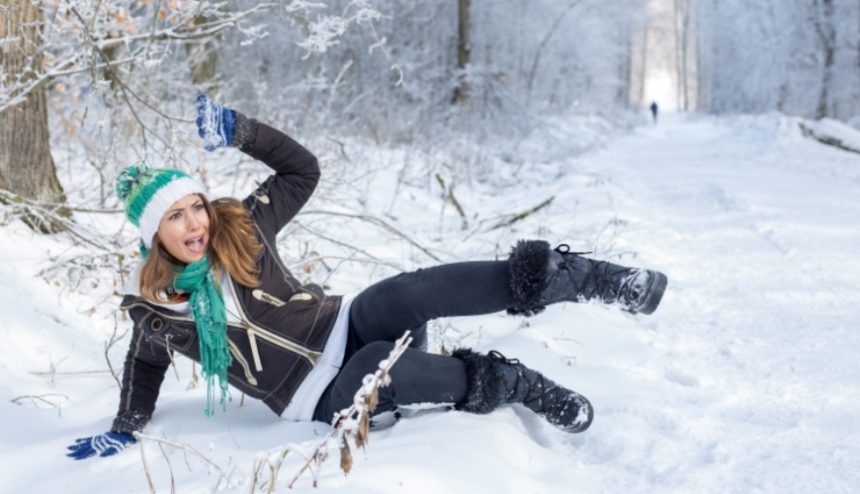 By Molly Maudal, MOT, OTR/L, Occupational Therapist
By Molly Maudal, MOT, OTR/L, Occupational Therapist
Although the snow in winter is pretty, especially when it covers the evergreens, the ice is often an unwelcome accompaniment to the snow. Falls on ice can result in a sprained wrist, which is stretched or torn ligaments in the wrist. I hope you haven’t experienced a sprained wrist, but if you have, or if you do as we venture through another winter season, I have a few general recommendations to share.
When you feel yourself beginning to fall, try to remember it is better to fall onto a fist than an outstretched hand. If you end up with a sprained wrist, try to rest it by not using your wrist for a minimum of 48 hours. Use ice to help control the swelling by applying an ice pack wrapped in a towel for 20-minute intervals multiple times per day. Compression or ace wraps can be effective at reducing the swelling and elevating it if necessary. You may also wear a wrist cock up brace initially if the pain is too much. The brace immobilizes the hand, so after a couple of days, I recommend weaning from wearing the brace by going without it during the day. Wear it at night to prevent poor positioning while you sleep.
After the pain subsides, you can do gentle range of motion exercises, making sure your wrist is pain-free during the exercises. Wrist range of motion includes bending your wrist up and down, rotating your forearm so the palm of your hand faces up and then down, and moving your wrist side to side like you’re waving. Once these motions become easier, you can add some resistance by using a soup can or a light dumbbell for strengthening.
Your sprained wrist needs time to heal, at least two weeks for the pain to lessen and function to improve. However, if you experience numbness or tingling, schedule an appointment with your healthcare provider right away. If you notice that your motion, grip strength, or pain hasn’t returned to normal, it would be appropriate to seek a referral to occupational therapy.
Patients referred to occupational therapy receive one-on-one attention guided through stretching and specific exercises to improve grip strength and motion. Occupational therapists may also look at options for pain management, such as ultrasound, manual therapy, and paraffin wax. Treatments focus on function so that patients can better complete tasks and daily activities that are most meaningful to them. With appropriate interventions, a sprained wrist in the winter can improve significantly before your favorite spring activities begin.
Bonus!
Download a free Wrist Exercise Guide to assist you with the range of motion exercises recommended by the Therapy Services Department at Glacial Ridge Health System.


